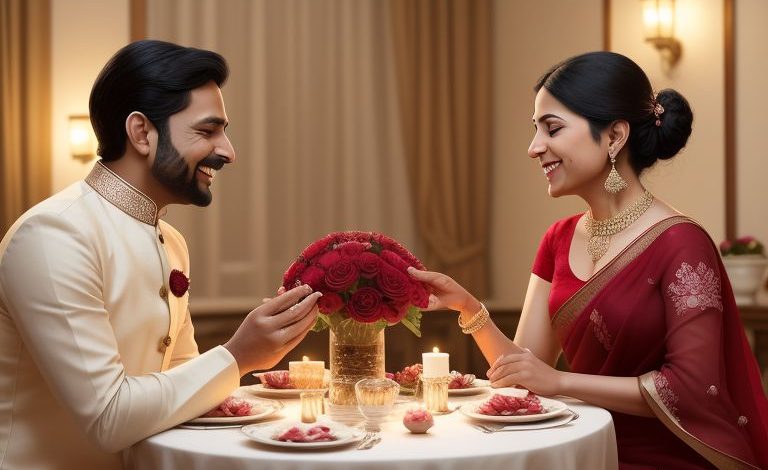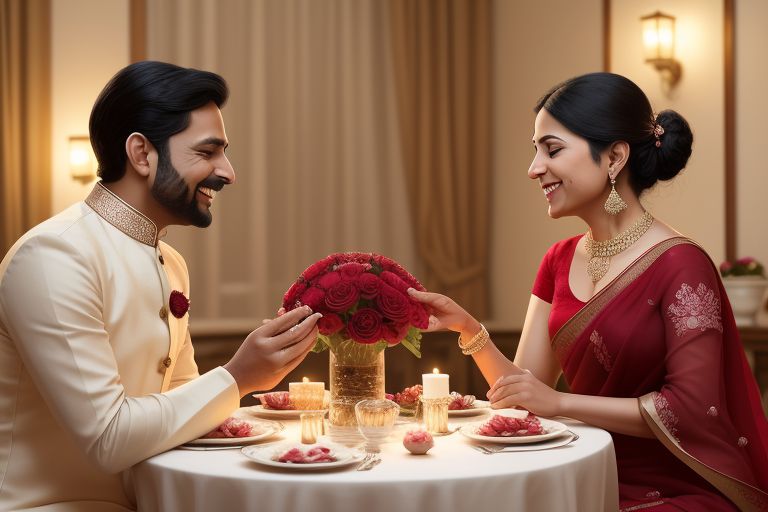The History of Valentine’s Day: How It Became the Holiday of Love

Introduction: A Celebration of Love Through Time
Every year on February 14th, millions of people around the world celebrate Valentine’s Day, a day dedicated to love, affection, and romantic gestures. Whether through the exchange of heartfelt love notes, chocolates, roses, or grand romantic gestures, the holiday has become synonymous with expressions of love. But beyond the commercialized celebrations lies a fascinating history rooted in ancient traditions, legendary saints, medieval poetry, and modern influences.
Valentine’s Day has not always been a day of romance. Its origins are shrouded in mystery, blending pagan festivals, Christian martyrdom, and the literary influences of poets like Geoffrey Chaucer. Over centuries, the holiday has evolved, gaining significance as the world’s most recognized celebration of love. Let’s journey through history to uncover how Valentine’s Day transformed from a religious observance into the holiday of love we know today. Be update your self daily please visit Guest Blogging Space
Ancient Roots: Lupercalia and Saint Valentine
Valentine’s Day traces its roots to ancient Rome’s mid-February festival, Lupercalia, celebrated from February 13 to 15. This pagan fertility festival honored Faunus, the god of agriculture, and the legendary founders of Rome, Romulus and Remus. The rituals of Lupercalia involved men sacrificing animals.
And using the hides to whip women, believing this would bring fertility and prosperity. In ancient Rome, a lottery system paired young men and women, sparking courtships and leading to marriages.
As Christianity expanded across the Roman Empire, efforts were made to replace pagan rituals with Christian traditions. By the 3rd century AD, the legend of Saint Valentine gained prominence. Historical records mention multiple Saint Valentines.
But the most renowned was a Roman priest who defied Emperor Claudius II’s ban on marriages for young soldiers. Believing in true love, Valentine secretly officiated weddings until his arrest. And execution on February 14, 269 AD. In 496 AD, Pope Gelasius I officially declared February 14th as St.
Valentine’s Day, turning it into a Christian feast day. However, it would take several centuries before it became associated with romance.
The Middle Ages: The Birth of Romantic Love
The association between Valentine’s Day & romance truly began in the 14th century. Thanks to the works of Geoffrey Chaucer, the famous English poet. Valentine’s Day, linking the holiday with courtly love. This idea quickly gained popularity among European nobility, leading to the tradition of exchanging love notes and tokens of affection.
By the 15th century, nobles and poets wrote romantic verses called “Valentines”, and the concept of courtly love flourished. Handwritten love letters became a tradition, symbolizing devotion and admiration. One of the earliest recorded Valentine’s messages was written by Charles, Duke of Orleans, in 1415 while he was imprisoned in the Tower of London. His letter to his wife is one of the earliest surviving Valentine’s messages.
The Victorian Era: Love Letters, Greeting Cards, and Gifts
The 19th century marked a turning point for Valentine’s Day, as it became widely recognized, especially in England and the United States. With the rise of the printing press, mass-produced Valentine’s cards replaced handwritten notes, making the tradition more accessible to the general public.
One key figure in popularizing Valentine’s cards was Esther Howland, an American entrepreneur known as the “Mother of the Valentine”. In the 1840s, she created beautifully crafted cards adorned with lace, ribbons, and romantic imagery, setting the stage for the commercialization of Valentine’s Day.
During the Victorian era, the holiday embraced new traditions:
The Victorian era firmly established Valentine’s Day as a celebration of romantic love, a tradition that has continued to grow globally.
Modern-Day Valentine’s Day: A Global Celebration of Love
Today, Valentine’s Day is celebrated in different ways around the world, with unique traditions that extend beyond romantic relationships:
• United States & Europe: Couples celebrate by exchanging Valentine’s Day cards, flowers, chocolates, and planning romantic dinners or getaways.
Beyond romantic relationships, Valentine’s Day has expanded to include self-love, friendships, and family bonds, making it a celebration for everyone.
Why Valentine’s Day Still Matters
Despite its commercialization, Valentine’s Day remains a powerful reminder of love’s significance. Whether in medieval love letters or modern-day texts, people have always found ways to express their affection. In an age of fast-paced communication, taking the time to show appreciation and love—whether for a partner, a friend, or oneself—remains deeply meaningful.
>No matter how the holiday is observed, Valentine’s Day continues to celebrate the universal language of love, a sentiment that has endured for centuries. From ancient Roman rituals to today’s heartfelt gestures, the history of Valentine’s Day is a testament to love’s timeless presence in human culture.
The Everlasting Celebration of Love
The History of Valentine’s Day from ancient Rome to modern times is a beautiful evolution of love, devotion, and appreciation. While it has changed over the centuries, its essence remains the same: a day to honor and cherish love in all its forms.
>Whether through romantic letters in the Middle Ages, elaborate Victorian cards, or digital messages today, the desire to express affection remains unchanged. Valentine’s Day is more than just a holiday; it is a reflection of the human need for connection, love, and appreciation.
>So, whether you celebrate with a romantic partner, friends, or yourself, Valentine’s Day is a timeless reminder of what truly matters—the love we share and the joy it brings.









